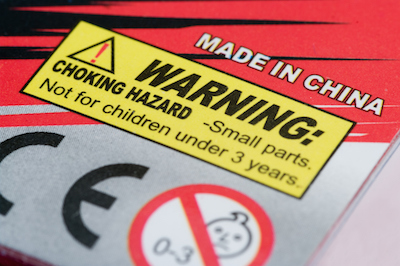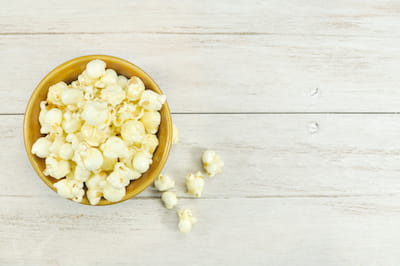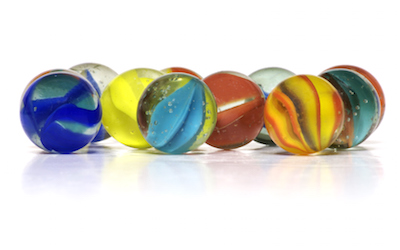How to prevent your little one from choking
You can tell I’m the mother of a toddler. I walk into a room and I may not make eye contact with you because I am too busy scanning every nook and cranny for things that my kid is likely to put in his mouth. It’s the time in my son’s life where what looks to you like a penny or a button looks to me like a death trap.
 My kid seems to be especially keen on putting anything and everything in his mouth. In his young life, he has managed to eat dog poop from a neighbor’s yard on two separate occasions. (He will probably be hearing about that until the end of time.) He also managed to swallow a hair tie that he found buried beneath the couch cushions before I even knew he was capable of such things. Needless to say, choking is a real concern in our house.
My kid seems to be especially keen on putting anything and everything in his mouth. In his young life, he has managed to eat dog poop from a neighbor’s yard on two separate occasions. (He will probably be hearing about that until the end of time.) He also managed to swallow a hair tie that he found buried beneath the couch cushions before I even knew he was capable of such things. Needless to say, choking is a real concern in our house.
Silly anecdotes aside, choking is a serious issue for everyone with small children. Choking is one of the leading causes of injury and death in children 3 years of age and younger. The good news, though, is that it is often preventable.
Prevent choking during mealtimes
- Half of all choking episodes occur while eating. The bad news about that is we all have to eat, but here are some ways to prevent your child from choking during mealtimes.
- Have your child sit down to eat
- Be sure that meals and snacks are always supervised by an adult
- Encourage your children to chew their food well
- Cut food for infants and toddlers into small pieces (less than ½ inch)
- Don’t allow children to walk, run or play with food in their mouths
Foods to avoid in children under 4 years of age
Certain foods because of their size, shape or consistency are more likely than others to cause a problem for young eaters. Here are some of the items you should avoid in young children in order to prevent choking: Whole grapes
Whole grapes- Hot dogs
- Raw carrots
- Chunks of meat
- Chunks of cheese
- Hard or chewy candy (Starburst, Laffy Taffy, caramels, Tootsie Rolls, peppermints or butterscotch candies, just to name a few)
- Popcorn
- Chewing gum
- Chunks of peanut butter
- Hard, crusty breads
Be aware of the hazardous items around your house
Life with a toddler means you have to constantly be on the lookout for things they may put into their mouths. Here are a few things that you might be especially careful to keep out of their reach: Buttons
Buttons- Marbles
- Toys with small parts that can be removed
- Toys that can fit into a child’s mouth
- Coins
- Pen or marker caps
- Balloons
- Hair ties or rubber bands
- Button batteries (see more on this, )
- Magnets
- Office or craft supplies
- Dog food
Of course this isn’t an exhaustive list because it’s nearly impossible to keep every small object out of a child’s reach, but it’s a place to start. Keep in mind that you’ll need to address these issues in other places where your child spends time: at a friend’s or grandparent’s home, playgroups or preschools. Follow the labeling advice on toys to ensure that your child is playing only with toys that have been deemed safe for their age group. Oh, and check your couch cushions; you never know what could be lurking there!
Remember that your careful vigilance pays off. It is terribly exhausting, but it is worth it. And as with every difficult thing that comes along with child rearing, know that this too shall pass.







